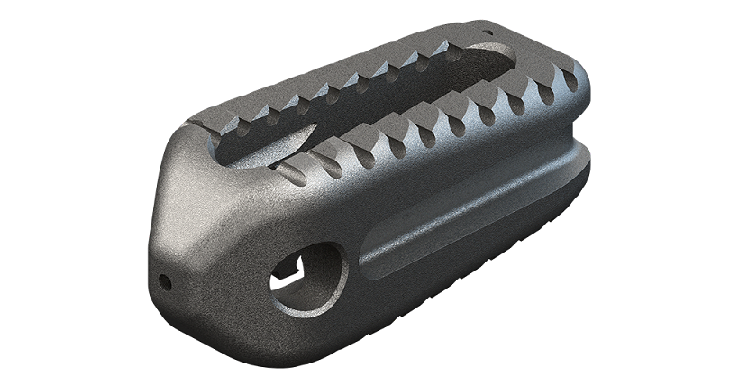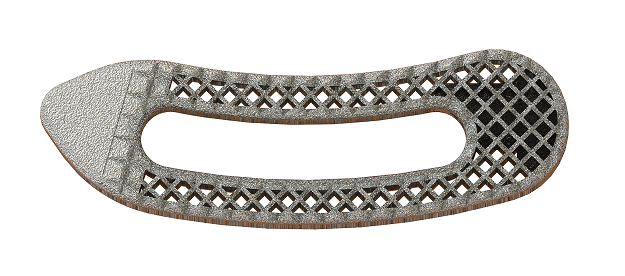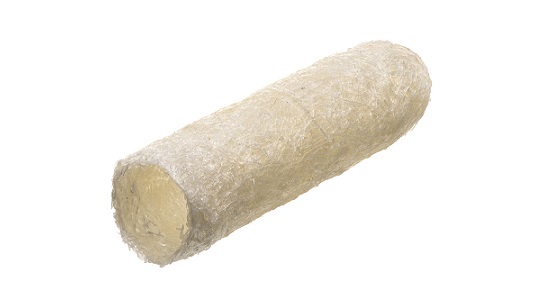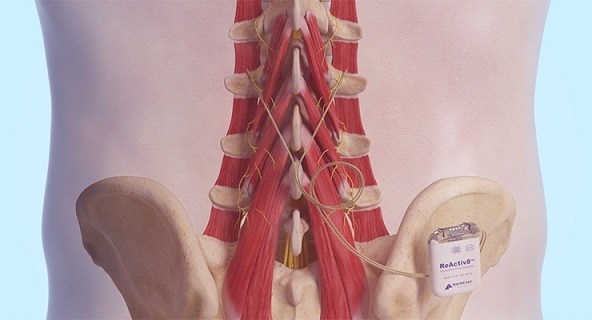CARLSBAD, Calif., March 01, 2021 (GLOBE NEWSWIRE) — SeaSpine Holdings Corporation (NASDAQ: SPNE), a global medical technology company focused on surgical solutions for the treatment of spinal disorders, today announced the full commercial launch of the Reef TO (TLIF Oblique) Interbody System.
The Reef TO Interbody System is designed for posterior lumbar interbody procedures and accommodates both direct impact insertion and insert-and-rotate techniques. With a comprehensive set of decompression, disc preparation, and implant insertion instruments, Reef TO provides a versatile and reproducible lumbar interbody solution for surgeons.
“We are extremely excited about the release of our Reef TO Interbody System. The design requirements were derived from extensive surgeon collaboration, balancing set efficiency and procedural versatility. This allows surgeons with differing techniques to address multiple pathologies via a single set of instruments,” stated Dennis Cirino, Senior Vice President, Global Spinal Systems. “Reef TO is a great addition to our expanding best-in-class implant portfolio.”
Reef TO interbody devices feature NanoMetalene® surface technology and Reef Topography™. NanoMetalene is a sub-micron layer of commercially pure titanium bonded to a PEEK implant, designed to provide a bone-friendly titanium surface, while retaining the benefits associated with traditional PEEK, such as biocompatibility, a modulus of elasticity similar to bone, and excellent radiographic visibility for post-operative imaging. The added macro structures of Reef Topography provide greater titanium surface area and improved biomechanical stability.
Dr. Nilesh Patel, orthopedic surgeon at Beaumont Hospital, Dearborn, MI, stated, “The Reef TO cage offers me all the sizes needed to fit my patient’s anatomy inclusive of the appropriate lordotic angles. The system is intuitive and ideal for placing with the insert-and-rotate or straight technique. The implant graft window is sizeable, and able to accommodate a large amount of OsteoStrand® Plus and autograft. This is now my implant of choice.”
About SeaSpine
SeaSpine (www.seaspine.com) is a global medical technology company focused on the design, development and commercialization of surgical solutions for the treatment of patients suffering from spinal disorders. SeaSpine has a comprehensive portfolio of orthobiologics and spinal implants solutions to meet the varying combinations of products that neurosurgeons and orthopedic spine surgeons need to perform fusion procedures on the lumbar, thoracic and cervical spine. SeaSpine’s orthobiologics products consist of a broad range of advanced and traditional bone graft substitutes that are designed to improve bone fusion rates following a wide range of orthopedic surgeries, including spine, hip, and extremities procedures. SeaSpine’s spinal implants portfolio consists of an extensive line of products to facilitate spinal fusion in degenerative, minimally invasive surgery (MIS), and complex spinal deformity procedures. Expertise in both orthobiologic sciences and spinal implants product development allows SeaSpine to offer its surgeon customers a differentiated portfolio and a complete solution to meet their fusion requirements. SeaSpine currently markets its products in the United States and in approximately 30 countries worldwide.
Forward-Looking Statements
SeaSpine cautions you that statements included in this news release that are not a description of historical facts are forward-looking statements that are based on the Company’s current expectations and assumptions. Such forward-looking statements include, but are not limited to, statements relating to: the design of Reef TO and its ability to provide a versatile and reproducible lumbar interbody solution for surgeons; the ability of Reef TO to address multiple pathologies with differing techniques via a single set of instruments; and the ability of NanoMetalene surface technology to provide intended benefits; the ability of NanoMetalene to provide a bone-friendly titanium surface, while retaining the benefits associated with traditional PEEK; and the ability of Reef Topography to provide greater titanium surface area and improved biomechanical stability. Among the factors that could cause or contribute to material differences between the Company’s actual results and the expectations indicated by the forward-looking statements are risks and uncertainties that include, but are not limited to: the ability of newly launched products, such as Reef TO to perform as designed and intended and to meet the needs of surgeons and patients, including as a result of the lack of substantial clinical validation of products following limited commercial (or “alpha”) launch; and other risks and uncertainties more fully described in the Company’s news releases and periodic filings with the Securities and Exchange Commission. The Company’s public filings with the Securities and Exchange Commission are available at www.sec.gov.
You are cautioned not to place undue reliance on forward-looking statements, which speak only as of the date when made. SeaSpine does not intend to revise or update any forward-looking statement set forth in this news release to reflect events or circumstances arising after the date hereof, except as may be required by law.
Investor Relations Contact
Leigh Salvo
(415) 937-5402
ir@seaspine.com







